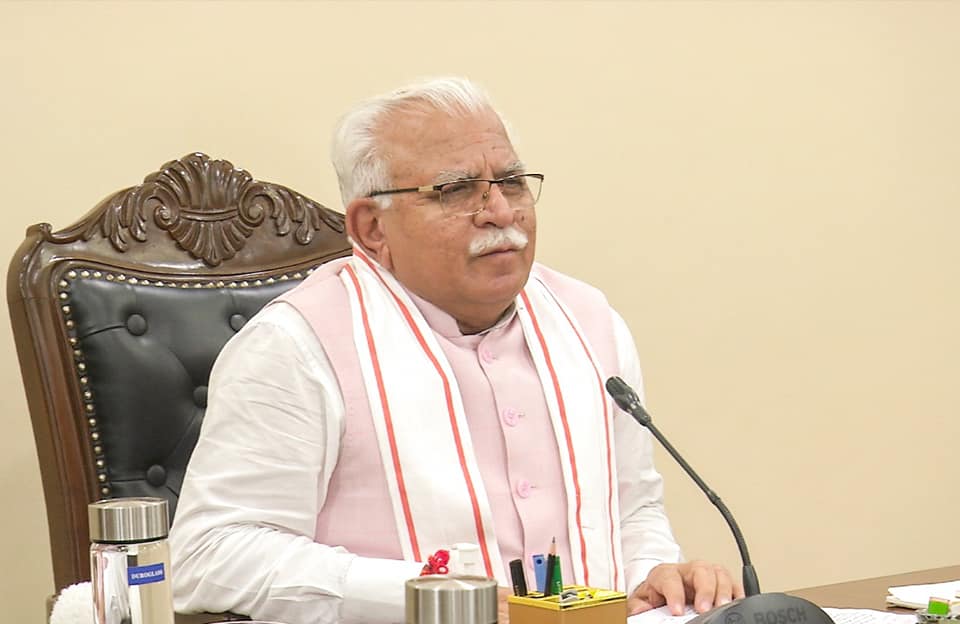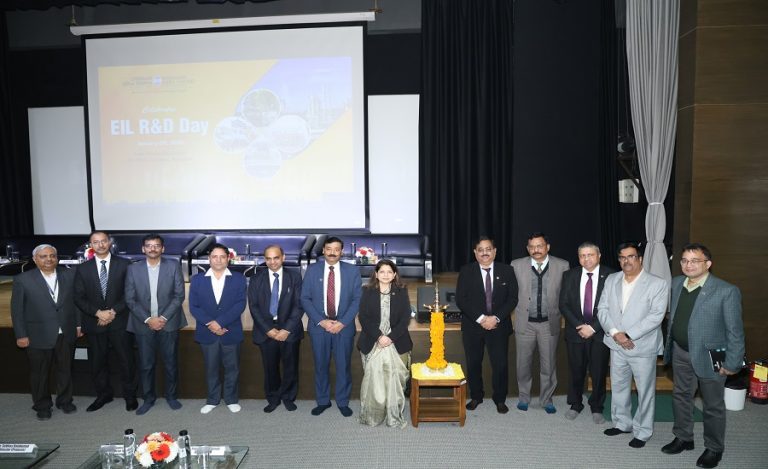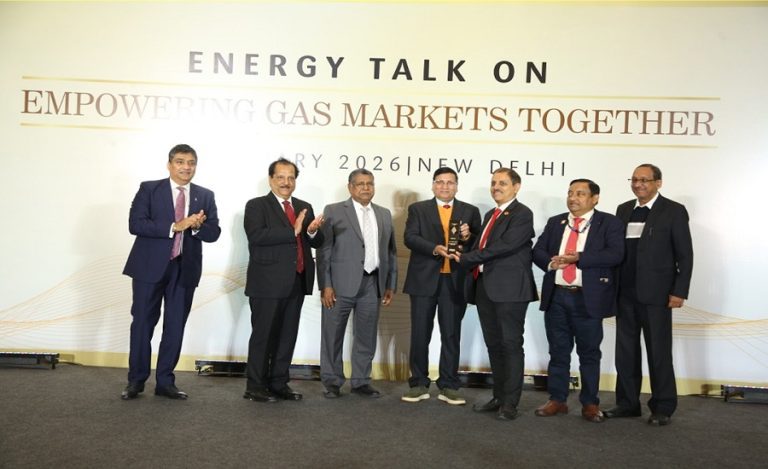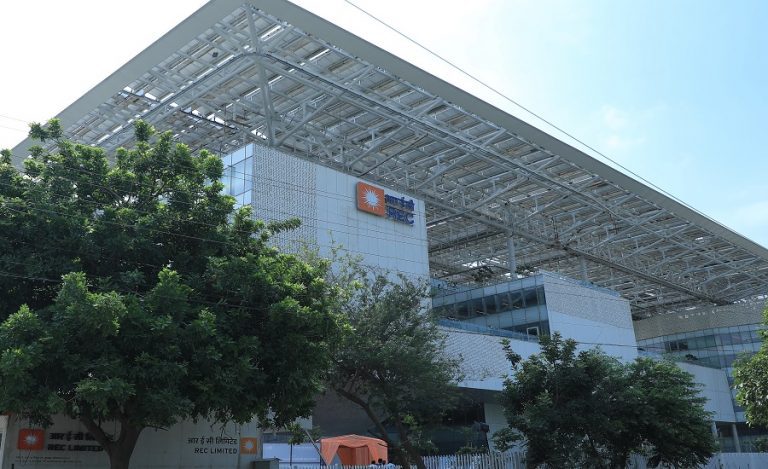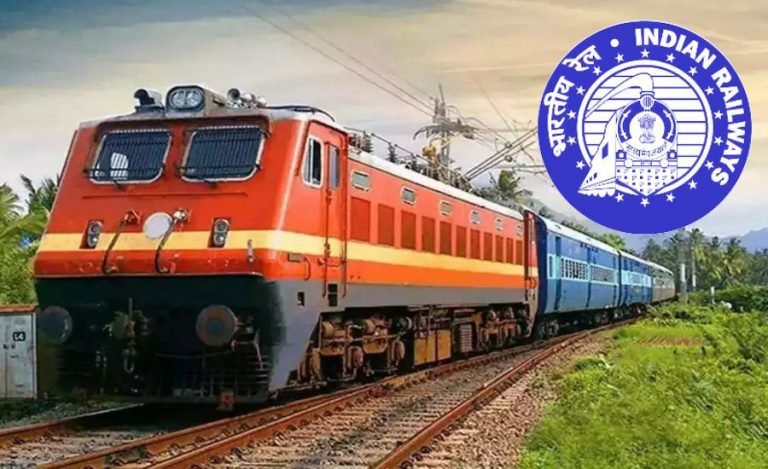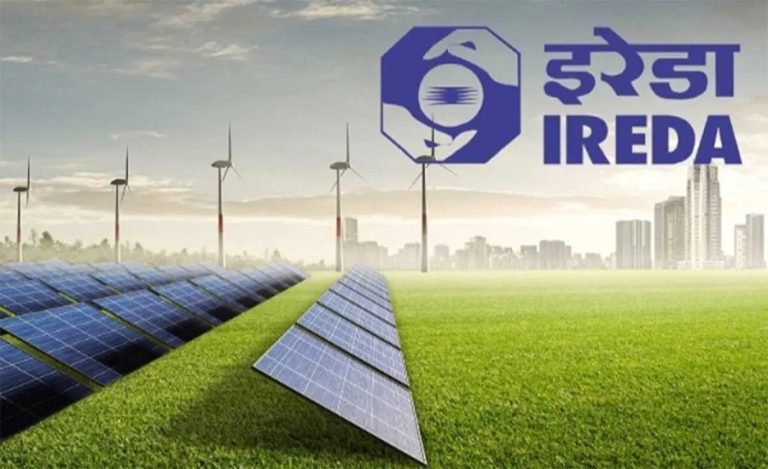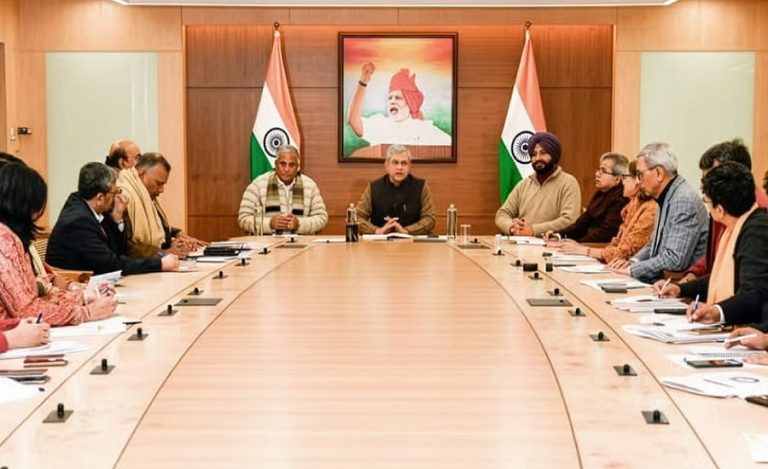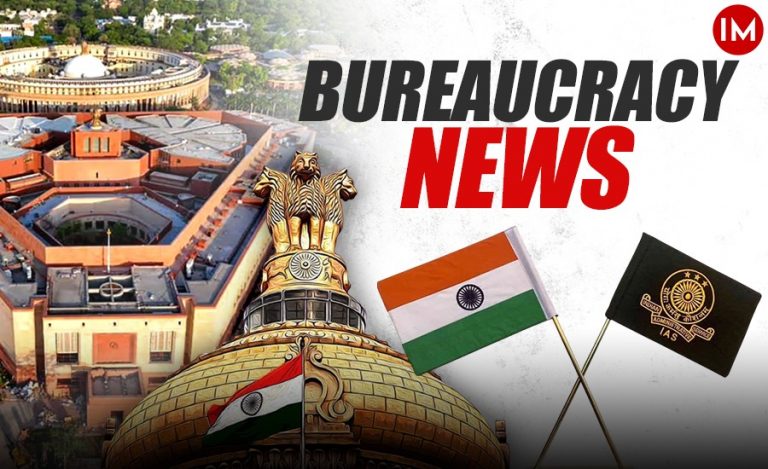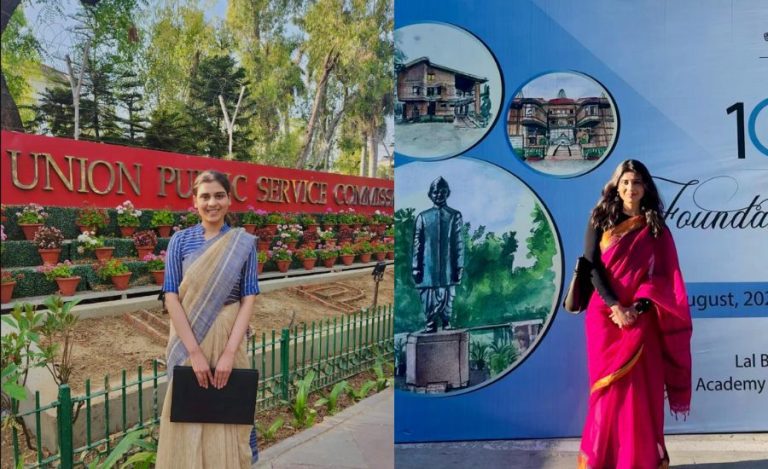New Delhi: In a significant push toward renewable energy (RE) integration and energy storage, the Ministry of Power announced it will issue a tender for 30 GWh of Battery Energy Storage Systems (BESS) within the next three months. This landmark initiative is supported by a ₹5,400-crore viability gap funding (VGF) scheme, offering ₹18 lakh per megawatt-hour, to help accelerate the deployment of grid-scale energy storage.
Combined with the 13.2 GWh already under implementation, the new round of tenders is expected to attract ₹33,000 crore in investments, helping India meet its energy storage needs by 2028, said Union Minister Manohar Lal Khattar during a press briefing.
ISTS Charges Waived for Storage Projects Until 2028
To lower project costs and incentivize adoption, the government has extended the waiver of Inter-State Transmission System (ISTS) charges for all BESS and pumped storage projects (PSPs) commissioned on or before June 30, 2028.
The waiver includes–
- 100% exemption for hydro PSPs awarded construction contracts before the same date.
- Full waiver for co-located BESS projects, if electricity is consumed outside the state of generation.
Currently, 5.4 GW of PSP capacity has been awarded, with total PSP capacity under execution reaching 10 GW across eight projects, and 2.5 GW more under bidding.
Strengthening Grid Infrastructure and Right-of-Way Compensation
To accommodate surging power demand and RE growth, the ministry approved transmission schemes covering 9,250 circuit kilometers (ckm) to evacuate 63 GW of power, worth ₹65,000 crore.
In total, 44 ISTS projects spanning 22,050 ckm with a handling capacity of 109 GW were awarded—valued at ₹1.46 lakh crore. During FY 2024–25 alone, 9,059 ckm of lines (220 kV and above) were commissioned, raising the national network length to 4.95 lakh ckm.
To address land acquisition delays, Right of Way (RoW) compensation has been raised-
- Tower area compensation: Now 200% of land value (up from 85%)
- Corridor compensation: Raised to 30% (from 15%), based on market rates assessed by registered valuers.
States such as Delhi and Haryana have already implemented these revised norms.
Boosting Financial Reforms and Private Sector Participation
The Late Payment Surcharge (LPS) Rules have now been extended to intra-state transmission systems, promoting financial discipline and encouraging private investment in the state-level grid infrastructure.
Additionally, updated standard bidding documents now allow developers to furnish insurance surety bonds and payment-on-order instruments in tariff-based competitive bidding (TBCB) processes.
Power Demand & Generation Hit New Highs
India met a record peak power demand of 250 GW in May 2025, a substantial rise from 130 GW in 2014, with no peak shortages reported as of June 2025.
Key stats for FY 2024–25–
- Electricity generation: 1,829 billion units (BU), up 5.2%
- Installed capacity: 475 GW
- Annual capacity addition: 34 GW (29.5 GW from RE, 5.17 GW from thermal)
- Rural supply: 22.6 hours/day (vs 12.5 hours in 2014)
- Urban supply: 23.4 hours/day
India Plans UHVAC Rollout by 2034
To future-proof the grid, the Power Ministry is developing ultra-high voltage alternating current (UHVAC) systems, planning nine 1,100 kV transmission lines and 10 substations by 2034. The Central Power Research Institute (CPRI) is leading testing infrastructure development, with projected investments of ₹53,000 crore.
Support for Hydro Projects and North East Infrastructure
Hydropower received a boost through–
₹12,461 crore outlay (Sept 2024) for transmission lines, rail sidings, and roads for 31 GW hydro capacity.
A special North East scheme (Aug 2024) for 15 GW capacity, with ₹750 crore per project in Central Financial Assistance (CFA).
Recent commissions include-
- 800 MW Parbati-II, Himachal Pradesh
- 250 MW Tehri PSP, Uttarakhand
- 680 MW Punatsangchhu-II, Bhutan

